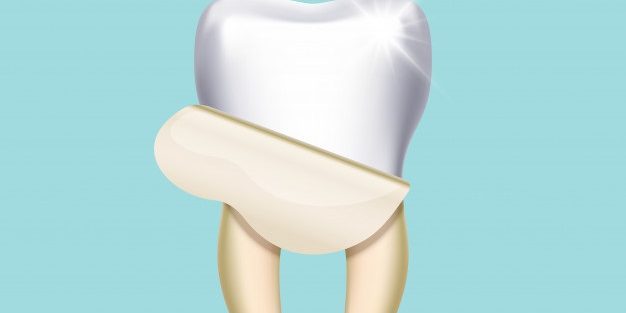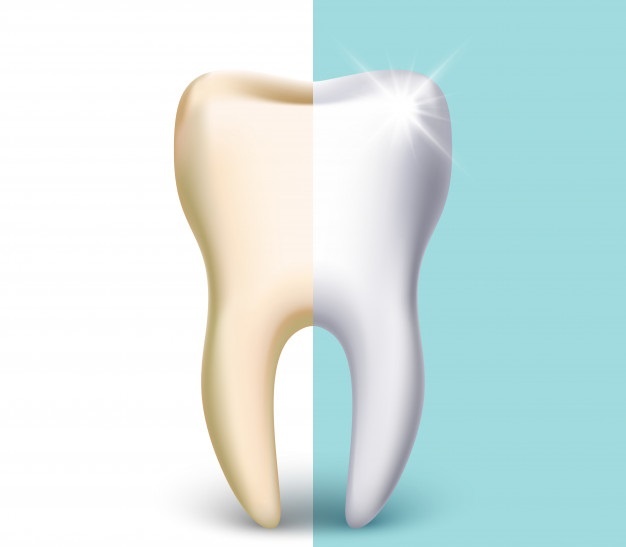It is tooth-colored materials designed to cover the front surface of teeth to improve your appearance. These are wafer-thin, custom made shells of both colored materials. In this article, let’s see about dental veneers and its benefits.
These shells are bonded to the front of the teeth changing their color, shape, size and even length.
Veneers are high quality and placed by an experienced dentist can last for a surprisingly long time with proper care.
Veneers usually last for between 10 years to 15 years, they have good durability.
What are the conditions for veneers?
- If you want to improve your smile, dental veneers are a simple option.
- Veneers are thin covering layers that are placed over the front part of the tooth.
- They look like natural teeth.
Veneers can be used to correct a wide range of dental issues such as
- Teeth that are stained and can’t be whitened by bleaching.
- Crooked or misshaped teeth.
- Chipped or worn teeth.
- Uneven spaces or a large gap between the upper front teeth.
Veneers are two types
1. Porcelain
2. Composite resin material
Each type of veneers has its benefits
Porcelain veneers are thin shells that are custom made to fit on the tooth
Benefits of porcelain
- It looks like the natural surface
- They are strong
- They are long-lasting
- It doesn’t stain easily
- Less tooth enamel needs to be removed with crowns or caps
How to place porcelain veneers?
- Usually a small amount of enamel from the front and sides of the teeth. This makes room for the veneers.
- Then the impression or mold of the prepared teeth is prepared, with veneer shade that is best suited for the patient is recorded.
- The impression taken is sent to the dental lab, where they custom fabricates the veneers as per the tooth that is in the impression, it will take a few days for the fabrication of the veneers.
- At the next patient visit, the dentist places the veneers on the teeth to check the fit and shape. After some adjustments, the teeth are cleaned and the veneers are bonded to the teeth.
Composite resin veneers
It’s made from a tooth-colored filling material bonded to the tooth.
Benefits of composite veneers
- Usually, less tooth enamel is needed to be removed when compared to crowns
- Lesser visits to the dentists
- Sometimes it takes just one visit
- Less expensive than porcelain veneers
- Are easy to fix if they got damaged
How to place composite veneers?
- After the tooth is prepared or reshaped the dentist carefully bonds and sculpts the composite material using a color that is best for the patient
- A special light is used to harden the composite and bond it to your teeth.
- The veneers are smoothed and polished to look like natural teeth.


